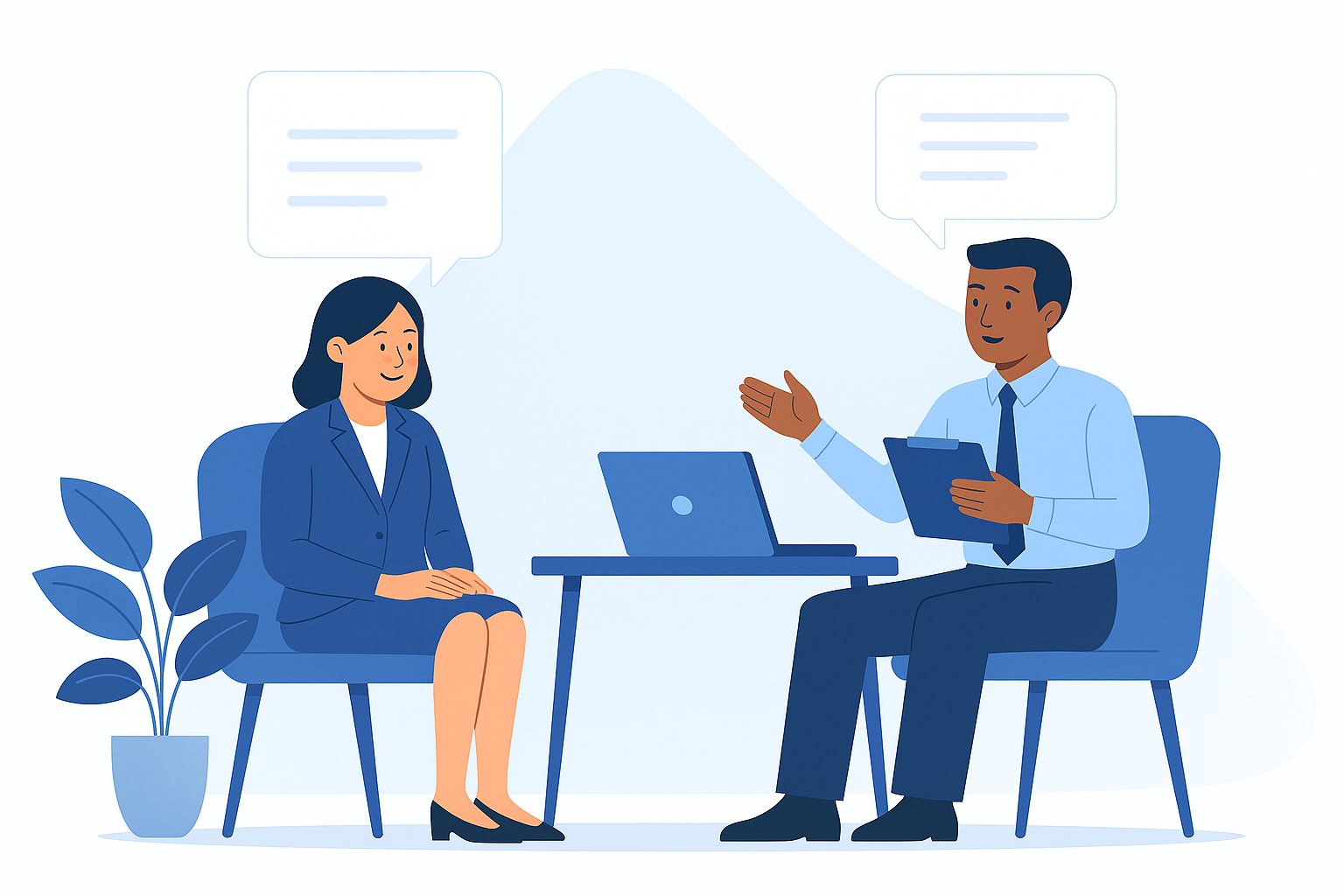TL;DR
- Customer feedback is crucial for understanding customer needs and boosting sales.
- Analyzing customer feedback for trends and patterns can inform business decisions and drive sales.
- Leveraging AI-powered tools like the Clozd Platform can enhance data analysis efficiency.
- Integrating customer feedback into sales strategy and building a continuous feedback loop are key for improving products, services, and customer satisfaction.
In the bustling business world, understanding your customers' needs and expectations can be the game-changer in scaling your operations and boosting your sales. Customer feedback—mainly gathered through in-depth interviews—can make the difference between thriving and merely surviving.
Here's how leveraging customer feedback can transform your retention strategies and drive your business forward.
What is customer feedback?
Customer feedback in the context of B2B relationships often involves deep, qualitative insights rather than surface-level reactions (like reviews). These in-depth interviews can help you uncover the strengths and weaknesses of your offerings. Armed with this information, you’ll have actionable data on how your customers feel and what influences their decisions and loyalty. From there, you can refine and enhance your operations to meet the needs of your market for a better customer experience.
Why is customer feedback important?
Having access to detailed customer feedback is essential for decision-makers in your organization. More than just collecting data, win-loss analysis is about capturing actionable insights that lead to better product alignment, enhanced customer satisfaction, and increased customer loyalty. This targeted approach helps pinpoint specific areas where you must improve—which will help you reduce churn and enhance customer engagement.
How to collect customer feedback effectively
Effective customer feedback collection is essential for gaining deep insights into your customers’ experiences and expectations. Prioritizing qualitative data collection methods can help ensure that feedback is actionable and insightful.
In-depth interviews
Live interviews are the best way to collect in-depth customer feedback, and the first step to conducting great interviews is creating a customized interview guide that addresses your business challenges. Trained interviewers can then interview current and former customers while encouraging open and candid feedback. This approach can help you understand ongoing customer expectations and the reasons behind their decisions.
Asynchronous interviews
Asynchronous interviews allow customers to provide honest, in-depth feedback at their convenience, which can increase participation rates and the pool of insights collected.
Structured and semi-structured interviews
Structured interviews adhere to predefined questions to ensure consistency across feedback sections. This can allow for more effective comparative analysis among responses. Similarly, semi-structured interviews offer a guided format but a more flexible approach that enables interviewers to probe deeper based on responses received. This approach can help catch details that a more rigid structure may miss.
Data triangulation
Data triangulation enhances the accuracy and comprehensiveness of the data collection process. This approach involves merging interview data with other feedback mechanisms to create a multi-dimensional view of customer experiences. Additionally, information can be cross-verified between sources to ensure reliable and accurate insights.
Analyzing customer feedback for actionable insights
Once you've collected customer feedback, your next challenge is analyzing it. After all, data without an actionable plan does nothing more than take up additional space on your company’s servers. Practical analysis transforms raw data into strategic actions that propel your business forward.
Techniques for analysis
Analyzing customer feedback often involves looking for trends and patterns that can inform business decisions. You should be looking for common themes, as well as recurring compliments (or complaints) that highlight what you’re doing well (or what you need to improve). You can also consider sentiment analysis to gauge customer emotions regarding your products or services: How do your customers really feel about your products and services?
Understanding these patterns helps you rectify issues and amplify your strengths. These insights can drive more focused and effective initiatives, allowing you to maximize your resources while aligning with customer expectations.
Improving your analysis using technology
Leveraging AI-powered tools like the Clozd Platform can enhance the efficiency and effectiveness of your data analysis. These tools serve as a central hub for your strategic insights by quickly sifting through large volumes of data. They can help you identify key themes and trends that might not be immediately obvious but can significantly impact sales and customer satisfaction. Further, they offer comprehensive visibility into the factors behind wins and losses, allowing users to easily explore Decision Drivers by segment, competitor, geography, and industry—giving you the upper hand in your market.
How to use customer feedback to drive sales
Integrating customer feedback into your sales strategy is vital for success. By understanding the detailed reasons behind customer decisions through interviews, you can train your sales team to tailor their approach to better meet your customers' expectations. This, in turn, leads to a higher win rate.
Building a continuous feedback loop
Feedback is more than a one-time or even once-in-a-while process. The goal is to keep your cycle of feedback and improvement rolling continuously. Running a win-loss analysis program is the best way to keep up with your customers' evolving needs, which keeps your business relevant and aligned with market demands.
A robust feedback loop involves regularly collecting and analyzing feedback, implementing changes based on insights, and then starting the cycle again. By making feedback a core part of your business’ rhythm, you can keep your finger on the pulse of customer sentiments and stay flexible as times change.
Ready to improve your sales?
Understanding and integrating customer feedback into your business strategy is crucial for improving your products, services, and overall customer satisfaction. Clozd offers advanced solutions that streamline the collection, analysis, and integration of customer feedback into your business processes, helping you harness the power of customer insights to drive sales and foster continuous growth.
Are you ready to transform your business with actionable customer insights? Talk with Clozd today to learn more about how we can help you effectively manage and utilize customer feedback to improve your sales and customer engagement.











.svg)











.svg)

.svg)




